

The Death of Pennsylvania’s Forgotten Funeral Pie
The sweet-yet-somber treat was the star of extravagant 19th-century funeral feasts.
On a warm August morning in 1880, a coffin containing the body of Christian Herr, borne by eight pallbearers, led a procession of 1,500 mourners to the Old Mennonite Church in Millersville, Pennsylvania. The 68-year-old reverend had been well-liked, and the crowd was filled with relatives, friends, and members of the congregation. But the large group almost certainly contained several “funeral runners,” a type of mourner that often popped up at Pennsylvania German memorials in the 1800s. These attendees weren’t there to pay their respects. They were there for the food.
“Because the Pennsylvania Dutch spent so much money and time on their big funeral dinners, there were fake mourners who showed up just to get free food,” says William Woys Weaver, a culinary historian and the author of As American As Shoofly Pie: The Foodlore and Fakelore of Pennsylvania Dutch Cuisine. “It was so common that you didn’t even raise an eyebrow.”
Of all the parties to crash, a funeral in the traditionally parsimonious Mennonite community doesn’t seem like an obvious choice. But the funerary feast was a rare opportunity for extravagance among Pennsylvania Germans. Instead of the usual cabbage and dumplings, there was beef, ham, or chicken. Instead of the usual coarse rye bread, there was white or wheat. The fixation on funeral food even made its way into slang: In 1907, a grandmother recounted how “thoughtless youngsters” called funerals weissbrot-frolics, or “white bread frolics.”
But the sweet star of the funeral banquet was raisin pie, a dish so tied to the event that it became a euphemism for death itself. When an ailing member of the community took a turn for the worse, it was not uncommon to hear someone solemnly declare, “There will be raisin pie soon.”


Raisin pie itself isn’t particularly foreboding. But in 19th-century Pennsylvania German homes, it meant one thing: Death was near. Once it arrived, so too would friends and neighbors, coming to “redd up” the bereaved family’s home for the funeral. This meant cooking, cleaning, and baking raisin pie. The treat was such a common sight at post-memorial meals, it also became known as funeral pie (or, in Pennsylvania German, leicht-boi).
On a recent Friday afternoon, Nancy Schmeichel had just finished baking her own raisin pie in an open hearth at the Landis Valley Village & Farm Museum, much the same way the site’s founders would have baked a funeral pie centuries earlier. Schmeichel, a historical reenactor who oversees the Lancaster museum’s foodways program, used a recipe that combined a flaky, lard-based crust with a subtly sweet, inky-black filling of raisins, sugar, lemon, egg, and flour.
Once the home and farmstead of the Landises, a Mennonite family with local roots dating back to the early 1700s, the museum is now an educational center devoted to Pennsylvania German heritage. Also known as the “Pennsylvania Dutch” (an anachronism from when all German speakers were known as “Dutch”), the group consists of German Protestant immigrants who began arriving in Southeastern Pennsylvania in the 1680s. The community today largely consists of people belonging to the Lutheran and German Reformed denominations, but is well-known in popular culture for its “Plain” Anabapist branches, including the Amish and Mennonites.

The Landis Valley Mennonite Church Cemetery is a mere five-minute walk from the museum’s kitchen. Among the graves rests Nettie May Landis, a 34-year-old artist who succumbed to tuberculosis in 1914. When her father, Henry, broke down from grief, the community rallied to support the bereft family.
“It’s very similar to what we do today,” says Schmeichel. “You’re going to bring something that goes in the microwave or the freezer, and they brought something that could just be left out on the table.”
In the era before refrigeration, the latter point was essential. Cold meats, stewed or dried fruit, cheese, pies, cakes, and bread were all foods that could survive the journey to the funeral from afar or could simply sit out on a table without spoiling. Raisins were particularly well-suited to the task, as the dried fruit was already preserved and available for funerals year-round.
Like the highly-anticipated white bread, raisins would have been considered a luxury in the 1800s. Prior to deseeding technology, producing raisins meant the painstaking process of removing grape seeds (and usually stems) by hand. Given that the memorial banquet would feature multiple raisin pies and each recipe called for about a pound of the precious dried fruit, Schmeichel says making a funeral pie was “an absolute labor of love.”

Why such elaborate funerary feasts? Breaking bread after the death of a community member is, of course, an ancient tradition that transcends cultural and geographic boundaries. And Pennsylvania German communities were no different: The meal, as well as the communal effort of preparing it, served to heal and unite after a loss. “It was a way to socialize with the community, to bring everybody together under one roof and feed them, and remind them that we’re all one family and we’re all friends,” Weaver says.
The impressive spread was also tied to the social mores of the era. Providing the meal was part of an unspoken rule of hospitality. Since many guests were making the journey from afar, it was only right to host a mega-sized feast.
Weddings, of course, could also mean guests from afar. But wedding guests lists were typically limited to friends and relatives, whereas funerals could be attended by anyone. Funeral attendance would often number in the hundreds—or, in cases of community leaders like Reverend Herr, the thousands—with lines of buggies that stretched for miles down the road. In her 1872 book Pennsylvania Dutch and Other Essays, Phebe Earle Gibbons observed that “so many partake of the entertainment liberally provided, that I may be excused for calling funerals the great festivals of the Dutch.”
At post-memorial meals, rows of tables inside the family’s wagon-house or barn groaned under the weight of enough food to feed these masses, who often ate in shifts. A grocery list for an 1880 funeral called for eight pounds of beef, one ham, two pounds of cheese, two pounds of coffee, 14 pies, seven cakes, and seven loaves of bread. A 1912 tab went even further, requiring 35 pounds of cheese, 25 pounds of prunes, 15 pounds of dried peaches, 15 pounds of dried apricots, and 11 pounds of honey.
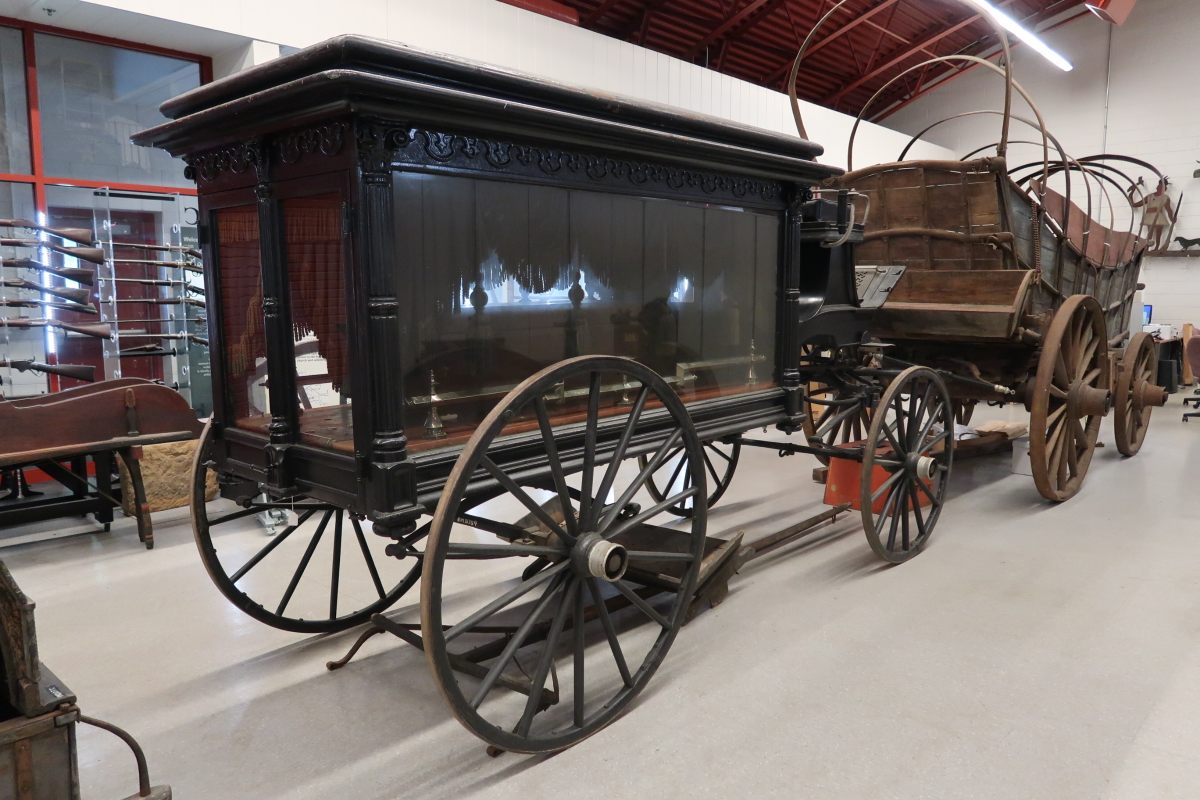
“Your funeral dinner would be the best meal you never had,” says Weaver. “There’s a Pennsylvania Dutch joke about the woman who’s cooking a ham, and the husband says, ‘No, you have to save that for my funeral!’”
Generously feeding these large groups wasn’t just being a good host and Christian. It was also a display of status. “If you died in the Pennsylvania Dutch community and you could pull off a dinner like that, that meant you had the cash. You were somebody important,” Weaver says. Even those who didn’t have the means either went into debt or leaned on contributions from neighbors to achieve a respectable spread. “Families were bankrupting themselves on these funerals,” Weaver adds.
By the end of the century, some were calling for the end of lavish funerary feasts. In an 1899 editorial in the Lancaster New Era, a writer railed against the “tired, old custom,” describing the costly and laborious meal as “not only a good deal of nuisance but also as a tax which should be abolished.” They argued that the custom made more sense in an era when “people went many miles to funerals, and when hotels were less numerous than now.” But with increased lodging options and the rise of the railroad, hosts, they wrote, should no longer be obliged to host funeral guests in a grand way.
Despite the critics, funeral feasts continued, albeit with altered menus. By the mid-1900s, mainstays like funeral pie had begun to fade away, replaced by newer, more novel dishes. Yet Weaver says that the ultimate purpose of a funeral dinner—strengthening community, celebrating a life with a special meal—still exists. “But it’s not expressed in specific recipes,” he explains.

Some communities, such as the Old Order Mennonites of Lancaster, Weaverland, and Groffdale, have held to traditional spreads of cheese, cold meats, and stewed fruits. But today, most descendants of Pennsylvania Germans have swapped out raisin pies and stewed chicken for more modern options, such as casserole or pizza. Weaver says that some Amish families have embraced the latter as a new special-occasion meal. “You have to realize that they’re not eating pizza every day,” he says. “So the tradition hasn’t changed. It’s just a different treat, that’s all.”
As raisin pie has disappeared from funerary tables, so too has it faded from Pennsylvania’s cultural consciousness. By the 1910s, younger generations no longer associated it with death. This caused at least one memorable incident in Weaver’s family, when his Quaker grandmother thought she’d bake raisin pie to make a good impression with her in-laws in Lancaster.
“She thought she was doing a great thing by bringing this old lady, who was some kind of great-aunt, a raisin pie,” Weaver says. “But she was horrified, like, ‘You think I’m going to die? Do you know something I don’t know?’”
Ominous associations aside, raisin pie is still a sweet and comforting treat that no one should have to wait for a funeral to enjoy. It can be hard to find in bakeries today, even in Pennsylvania Dutch country (you need to special-order it). So make it yourself using the recipe below. Weaver says it’s nice to enjoy a slice without the traditional accompanying sadness.
“It’s great,” he says. “But I don’t want to have to look at a dead body while I’m eating one.”
Funeral Pie
Adapted from Julie Falsetti in the York Dispatch
Ingredients
- Store-bought or homemade pie dough, enough for a 9-inch, double-crust pie
- 4 cups raisins
- 4 cups water
- 1 cup packed brown sugar
- 4 tablespoons cornstarch
- 1 teaspoon cinnamon
- ½ teaspoon salt
- 2 tablespoons lemon juice
- 2 tablespoons butter
- 2 teaspoons grated lemon zest
Instructions
-
Soak the raisins in the water for 30 minutes.
-
Preheat the oven to 425° F (220° C). Pour the raisins and water into a large saucepan, and bring to a boil. Cook for about five minutes.
-
In a medium bowl, mix the brown sugar, cornstarch, cinnamon, and salt. Add the mixture to the saucepan with the raisins. Cook over medium heat and stir until the mixture has thickened, about 10 to 15 minutes.
-
Remove from the heat, and stir in the lemon juice, zest, and butter. Set aside to cool.
-
Line a 9-inch pie pan with one sheet of the prepared pastry, and pour the cooled filling inside.
-
With a sharp knife, slice the other sheet of pastry into strips, about an inch in width. Carefully lace the strips together into a lattice, and lay atop the pie, pinching the edges of the crust together and discarding any overhang.
- Set pie on a cookie sheet, and bake for 30 to 35 minutes until the crust is golden brown.
Gastro Obscura covers the world’s most wondrous food and drink.
Sign up for our regular newsletter.
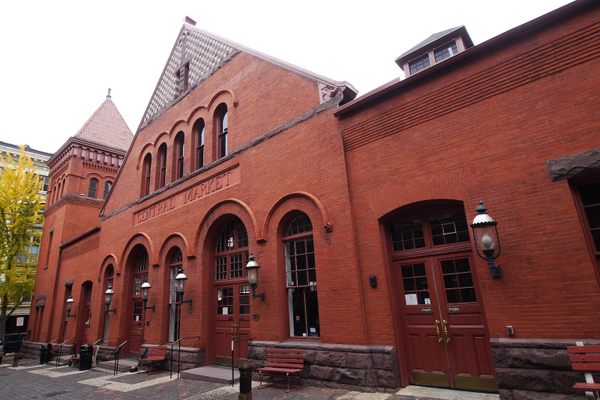

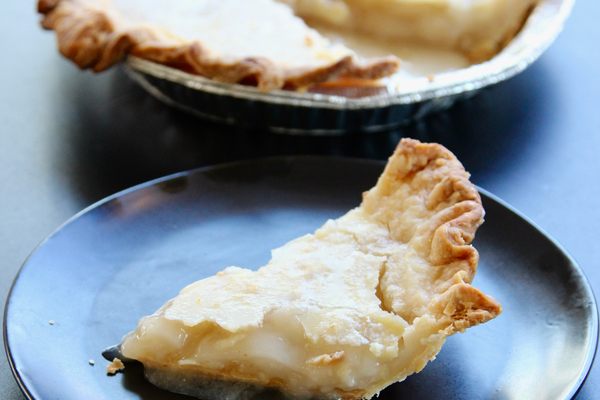
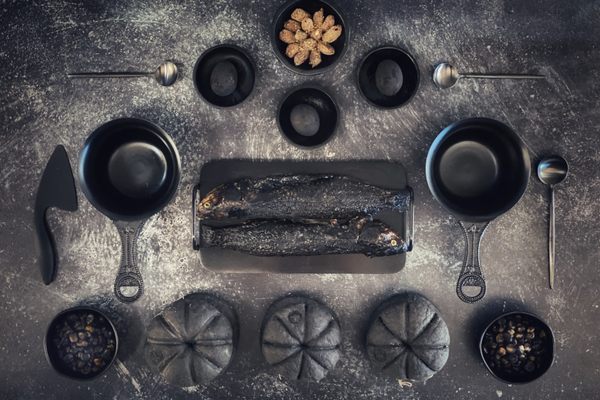

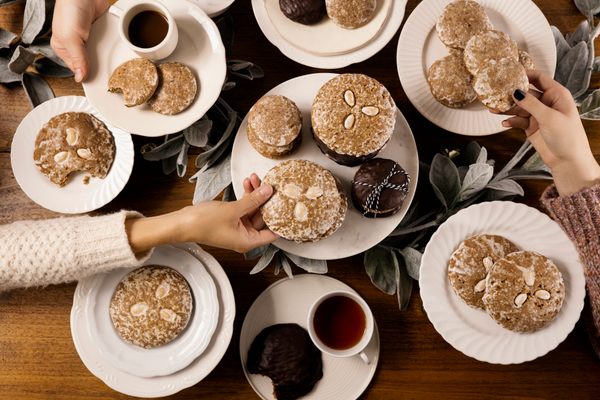

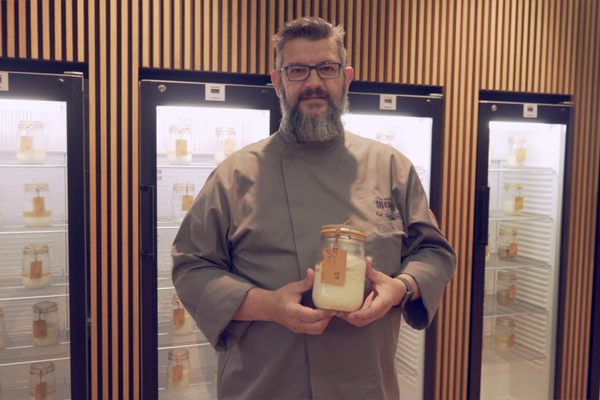




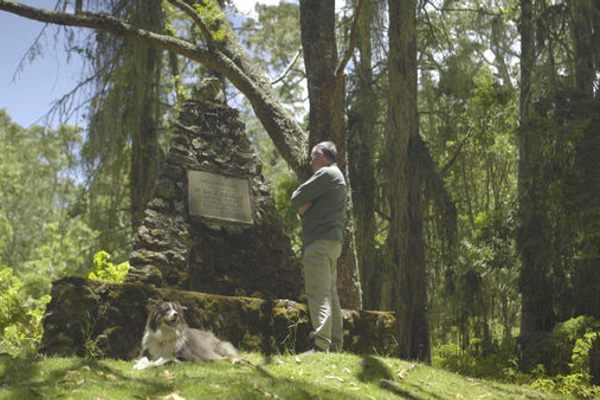

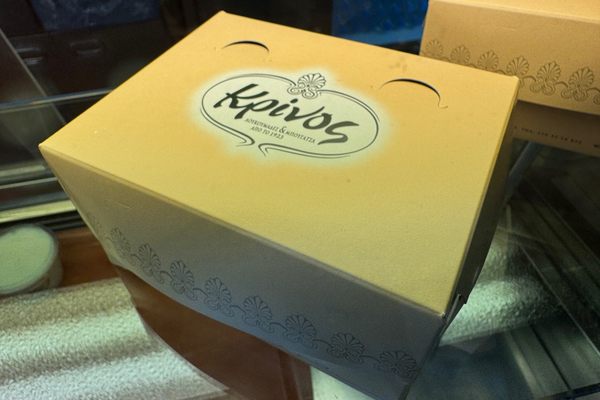


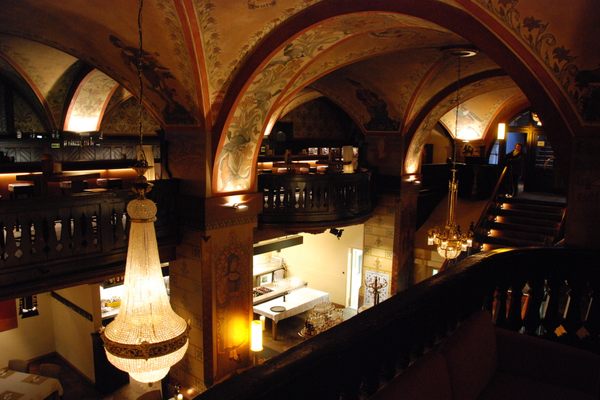

Follow us on Twitter to get the latest on the world's hidden wonders.
Like us on Facebook to get the latest on the world's hidden wonders.
Follow us on Twitter Like us on Facebook